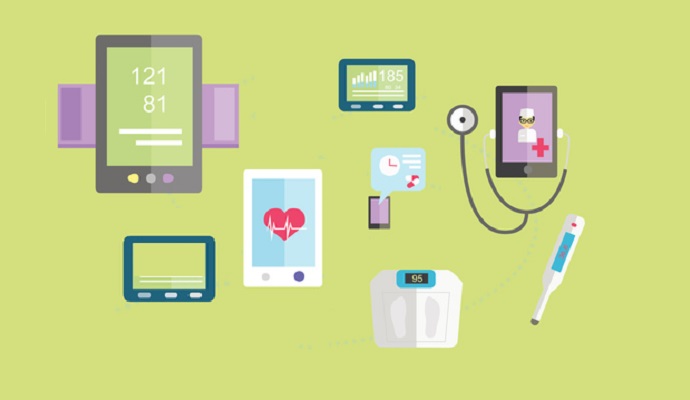The History of Remote Monitoring, Telemedicine Technology
In recent years, healthcare reforms and federal legislation has pushed forward the spread of telemedicine technology and other technological advancements.

- Telemedicine technology first began as a form of healthcare delivery in the late 1960s due to the needs of the National Aeronautics and Space Administration (NASA) and the Nebraska Psychology Institute, according to a paper written by researchers from Saint Louis University and Bentley University and published in the International Journal of Environmental Research and Public Health.

Throughout the last fifty years, there have been multiple barriers standing in the way of widespread adoption of telemedicine technology and remote monitoring tools. Financial, regulatory, and technological challenges made it more difficult to advance telehealth adoption, but current healthcare reforms may bring about a change in this arena.
“The lack of broadband infrastructure has proven challenging for the advancement of many forms of telemedicine, specifically high demand video and store-and-forward services, which require expansive health networks,” the research paper stated.
“[However,] on 17 March 2010, President Obama proposed ‘Connecting America: The National Broadband Plan’ to assist in the proliferation and improvement of broadband networks across the United States. This plan calls for the build-out and improvement of medical networks that facilitate remote patient monitoring, electronic health records, and other technology-based health services such as telemedicine.”
Before moving into the last decade of telehealth advancement, a newsletter from Kaiser Permanente shows some more of the rich history behind remote monitoring and telemedicine technology.
In the 1970s, Kaiser Foundation International partnered up with Lockheed Missiles and Space Company to create a remote monitoring system capable of providing healthcare delivery. The pilot program was integrated into a rural location without many medical services.
Physician assistants were then able to send patient information from the remote monitoring tools to a hospital or medical facility many miles away from the original site. It was hoped that this program would allow rural areas around the globe receive better healthcare services and improve patient outcomes.
Today, telehealth technology is able to achieve these goals. NASA was looking to ensure that these remote monitoring capabilities would lead to stronger medical care possibilities for long-duration space missions.
The chosen site in which the remote monitoring system was established is known as the Papago Indian Reservation in southwestern Arizona. The remote monitoring project lasted until 1977. Some typical challenges that were uncovered included equipment malfunction and the time needed for video consultations.
In more recent years, healthcare reforms and federal legislation has pushed forward the spread of telemedicine technology and other technological advancements like EHR systems, electronic prescribing, and mobile health tools.
The American Recovery and Reinvestment Act (ARRA) of 2009 and the HITECH Act were two major pieces of legislation that brought forth a multitude of reforms and medical technology advancements, according to the published paper.
Additionally, the Patient Protection and Affordable Care Act led to the creation of Accountable Care Organizations (ACOs), which aim to enhance care coordination among medical facilities, boost patient engagement, and create a teamwork environment among multiple providers serving the same patients. Both telemedicine technology and remote monitoring tools play an important role in care coordination, which means the Affordable Care Act and ACO development are truly connected with advancing these technologies.
“The American Telemedicine Association (ATA) has suggested the beneficial uses of telemedicine in the ACO model,” the authors wrote in the paper. “The underlying premise is that shared specialty services, coordinated care with more service sites, and easier access can reduce the cost of care. Numerous organizations, including the ATA, have called for the repeal of certain restrictions on telemedicine for Medicare reimbursement to work toward the goals of the ACO model.”
